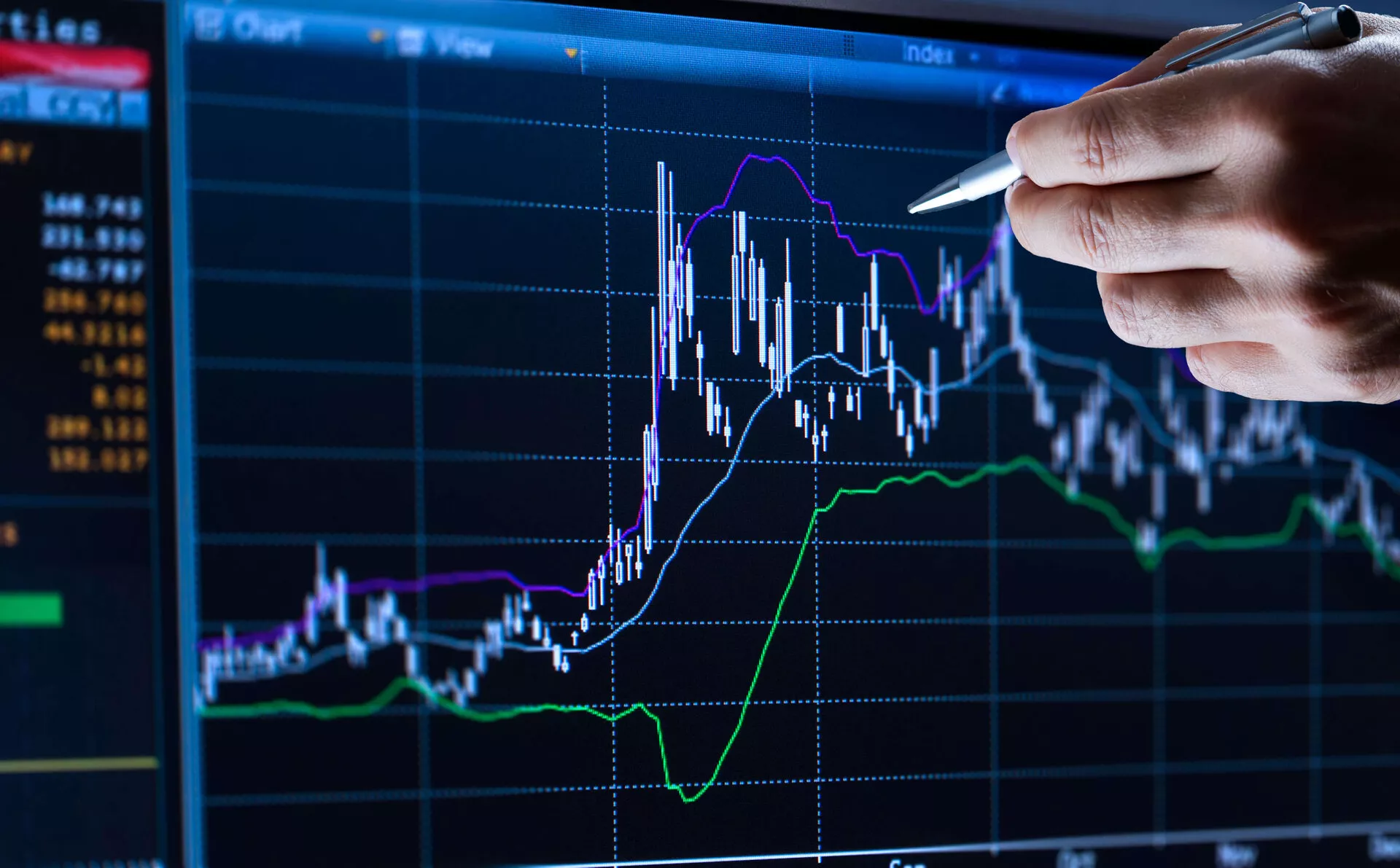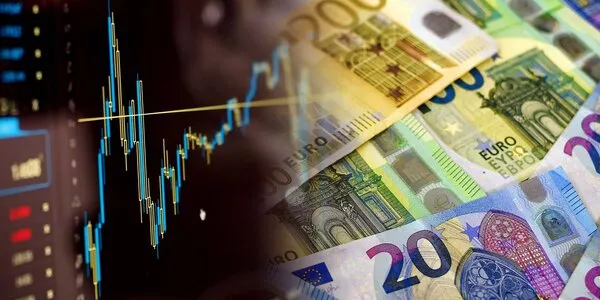
Weekly Update - Inflation – Always and Everywhere?
Market expectations for future US inflation have risen sharply since their lows last March at 1.09% – the lowest level since 1999 – creeping narrowly above 2.0% for the first time since 2019 (see left-hand chart). This doubling in expectations reflects a number of factors which we’ll explore in more depth below. It also reflects the fact that last March saw exceptionally volatile trading as investors sought to adjust to the risks inherent in the unfolding pandemic, which was buffeting economies and markets.
Reflation talk began to pick up last year as economists studied Joe Biden’s electoral platform, which included a $2 trillion (tn) investment plan (some 9.5% of GDP). While this plan may still come to fruition, president-elect Biden’s focus has shifted to fiscal support to combat the pandemic-induced weakness in the economy. On Thursday January 14, he unveiled detailed proposals for a new stimulus package totalling $1.9tn. This includes fresh cheques of $1,400 each for most Americans (on top of last year’s $1,200 and $600 payouts); $400 per week in additional federal unemployment benefits, on top of state insurance, to last until September; a $350bn cash injection for state and local governments to prevent lay-offs of public-sector employees; $50bn in grants and loans for small businesses; $400bn directly to combat the pandemic, via additional cash to accelerate vaccinations, improve testing and tracing; and $130bn to accelerate school reopenings.
Combining all of these factors with M2 money supply (which includes cash, bank deposits, money market mutual funds and securities) expanding at a 25.1% YoY rate in November, many have concluded that the return of inflation was inevitable. After all, the monetarist economist Milton Friedman once wrote that inflation was “always and everywhere a monetary phenomenon”. However, academic studies and empirical evidence have shown that a build-up in debt leads in time to lower, not higher growth. And virtually all of the stimulus spending over the past twelve months has been financed by debt – our economists expect the US debt-to-GDP ratio to reach 129% this year, well above the 90% level which is often assumed to lead to weaker GDP growth.
Moreover, current levels of activity are well below the potential output of the US economy, creating an “output gap”, which tends to slow inflation. And recent data suggests the gap may be widening – yesterday’s new weekly claims for unemployment insurance hit the highest level since last August. In addition, the rise in money supply does not appear to have led to an acceleration in consumer credit growth. Indeed, the velocity of money in the US – i.e., the rate at which it is exchanged in the economy – collapsed to all-time lows in 2020 on Bloomberg data. Finally, as shown on the left-hand chart, market expectations of inflation have consistently outstripped actual price rises in recent years.
Bottom line. On balance, we do not expect a sustained pick-up in core inflation after the coming spike in energy and food inflation. Disinflationary forces remain in place. This suggests in turn that further upside in Treasury yields will be moderate, especially as the Federal Reserve remains a keen buyer of bonds. And with rate differentials at low levels and US budget and current account balances still deeply negative, we continue to expect the US dollar to weaken against an undervalued euro.





